Last Updated on January 2, 2024 by Matt Greene
*Read our review guidelines.

Three woods can be easier to hit off a tee and in my 25+ years of playing golf with thousands of golfers, a three wood is often the answer for the wayward tee shots. Three-woods are not easy to hit off the ground though which is where it is valuable.
That is why I do not recommend the traditional 3 wood - I recommend higher loft. I believe this concept will revolutionize your game.
For the most forgiving 3 wood I recommend something 16° or higher. Traditional 14 or 15 degree 3-woods are much more difficult to hit for the average golfer.
Most Forgiving 3 Wood in Golf for 2024
- PING G430 Max (most forgiving fairway wood around)
- Cleveland Launcher XL Halo (best fairway wood for most golfers)
- Cobra LTDx (best fairway wood to stop ballooning shots)
- Callaway Paradym X HL (most forgiving for high handicaps)
- TaylorMade Stealth 2 HD (best 3 wood if you want a high draw)
- Srixon ZX MkII (best low spin, long carry forgiveness)
PING G430 Max 3 wood
Forgiving fairway woods as good as their drivers
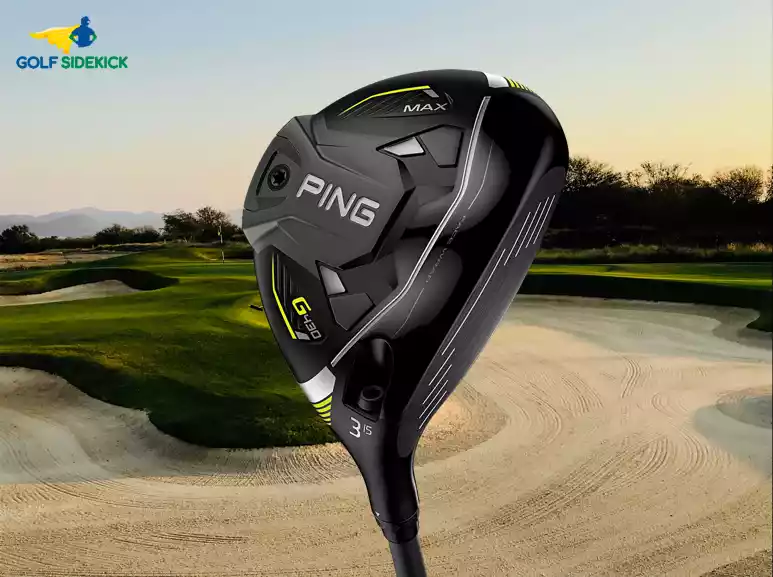
The G430 Max definitely appears to have a shallow, more of a hybrid-shaped face which makes it so easy to hit off the fairway and get the ball airborne off tighter lies.
My experience with the Ping G430 Max 3 wood:
- The low profile face and very flat sole of the club makes it easy to launch the ball high from any lie
- I tee the ball lower when I hit the Ping G340 Max on the course because of the shallow club face
- If you play a Ping driver like I do, then it;s a no brainer to use their 3 wood because it performs identically well
During testing on the course, I would mis-hit the 3 wood and as I looked up, I would look to the right or left of the target because I assumed it was a bad shot. I would however, always find it flying high and straight toward my target. It's uncanny and I can't explain how it does that but Ping are famous for how well their fairway woods perform.
I also play the 7 wood in my bag. Highly recommended. You can adjust the loft 0.6 to 1 degree up or down.
Recommendation: The PING G430 Max is the ONLY 3 wood I recommend in lofts below 16 degrees. They are that easy to elevate off the turf. I would recommend the Ping G430 Max to anyone who swings below 100 mph.
Warning for fast swing over 110 mph: If you swing around 110 mph, you should look at other Ping options - this one will balloon into the air.
Pros
Cons
Wilson Launch Pad 2
Forgiving fairway wood for majority of double digit handicappers
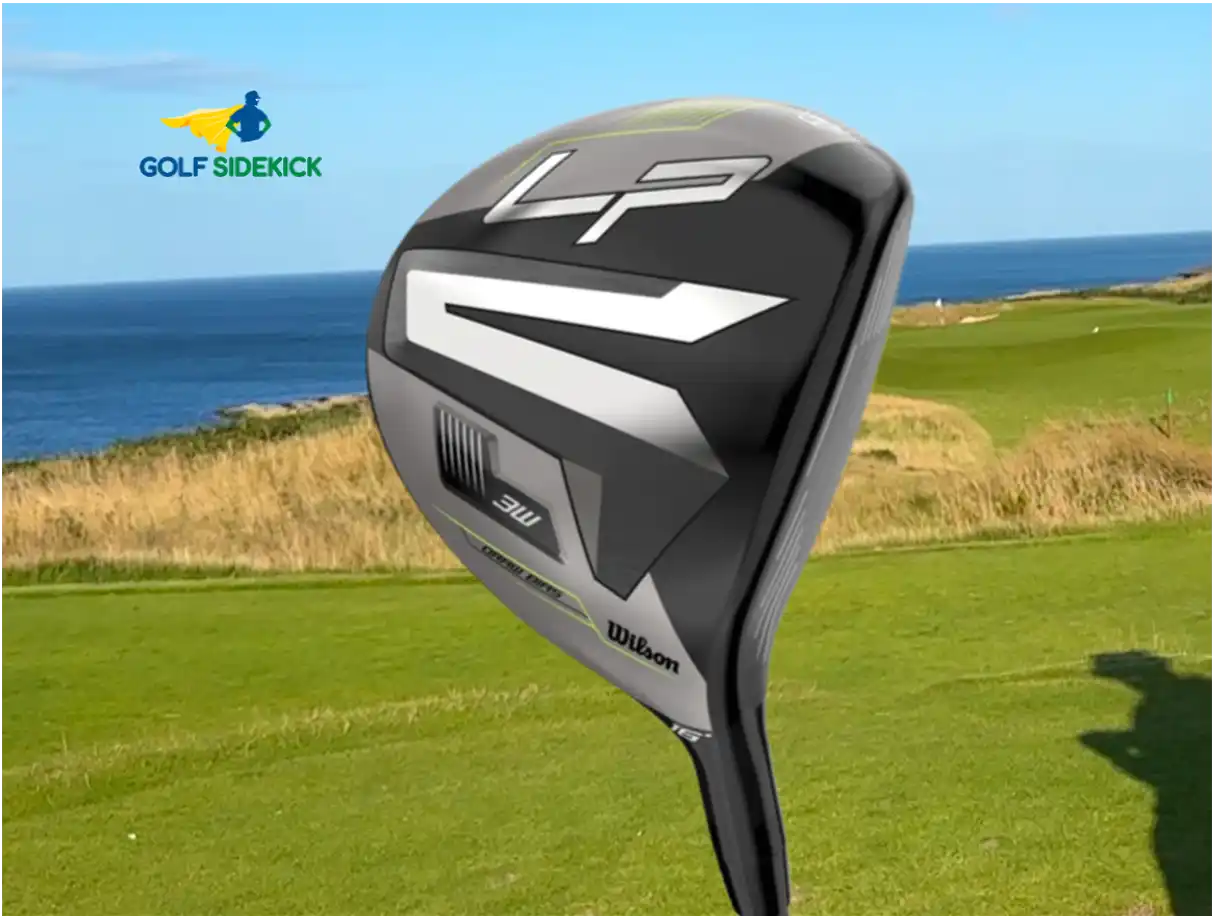
The Wilson Launch Pad 2 three-wood is a perfect 16 degrees of loft and is the best 3 wood for any high handicapper.
- The Launch Pad 2 is a simple point and shoot 3 wood that was easy to hit straight shots with
- I gave it to a friend of mine on the course who swings relatively slow, and he had no problems hitting towering 3 woods
- The club sits very closed at address which gives the club a very obvious task of pulling your ball more left
- The shafts included in the Launch Pad 3 wood are very light at 55g (the one I tried) so you can pick up some speed
Recommendations: The Wilson Launch Pad 2 is best for slower swingers who want to get more distance by reducing their slice. The club is lightweight so brings you more swing speed too. I would not recommend this club to FAST swing speeds (over 100mph)
Pros
Cons
Cobra LTDx
Very forgiving 3 wood for massive distance
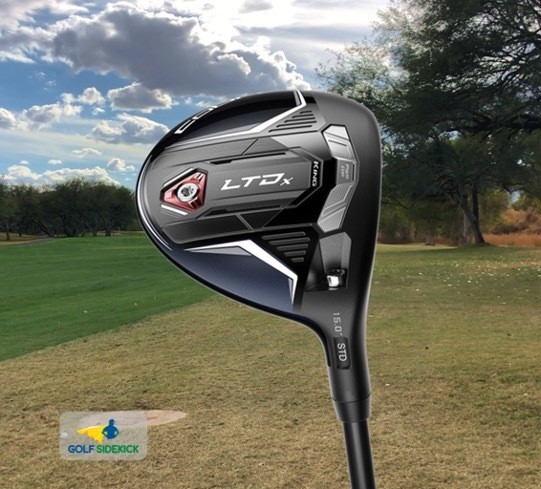
The Cobra LTDx uses a tungsten weight low and forward in the sole to reduce spin and increase ball speed for more distance.
The crown is made of a carbon composite to reduce crown weight. The remaining weight allowance means Cobra created three different weighting options for different players. For players who need pure forgiveness, the LTDx is the best choice.
The LTDx is the most forgiving because of an extra weight chip in the back of the head for better ball flight. The Max has more weight in the heel of the head to try stop slices and the LS is really for more advanced players looking to tweak minor things to adjust workability.
Cobra have become famous for the rails under the club which are hollow trips of metal designed in a way to improve the way the face flexes. They've been removed on the 3 wood in the range because the 3 wood needs a sweeping motion and the rails are less effective for most golfers on this club. That's why I recommend higher lofted clubs for the majority of players.
GOOD NEWS FOR YOU
I mentioned earlier that the 3 woods in most ranges do not offer much forgiveness compared to slightly higher lofted options. In the LTDx range, the 5 and 7 wood, which are really the ones we're interested in, have those hollow T rails so you don't dig your club into the turf and get nice high, soft landing shots with more carry.
WHICH ONE'S FOR YOU?
The LTDx is made for straight distance and forgiveness. You'll get a high-launch/low spin shot for better carry and rollout. There's a fixed 8g weight in the back of the club which is the ingredient that creates the magic.
Pros
Cons
Callaway Paradym X HL
Big improvement on the Mavrik and Rogue Max - our former top picks
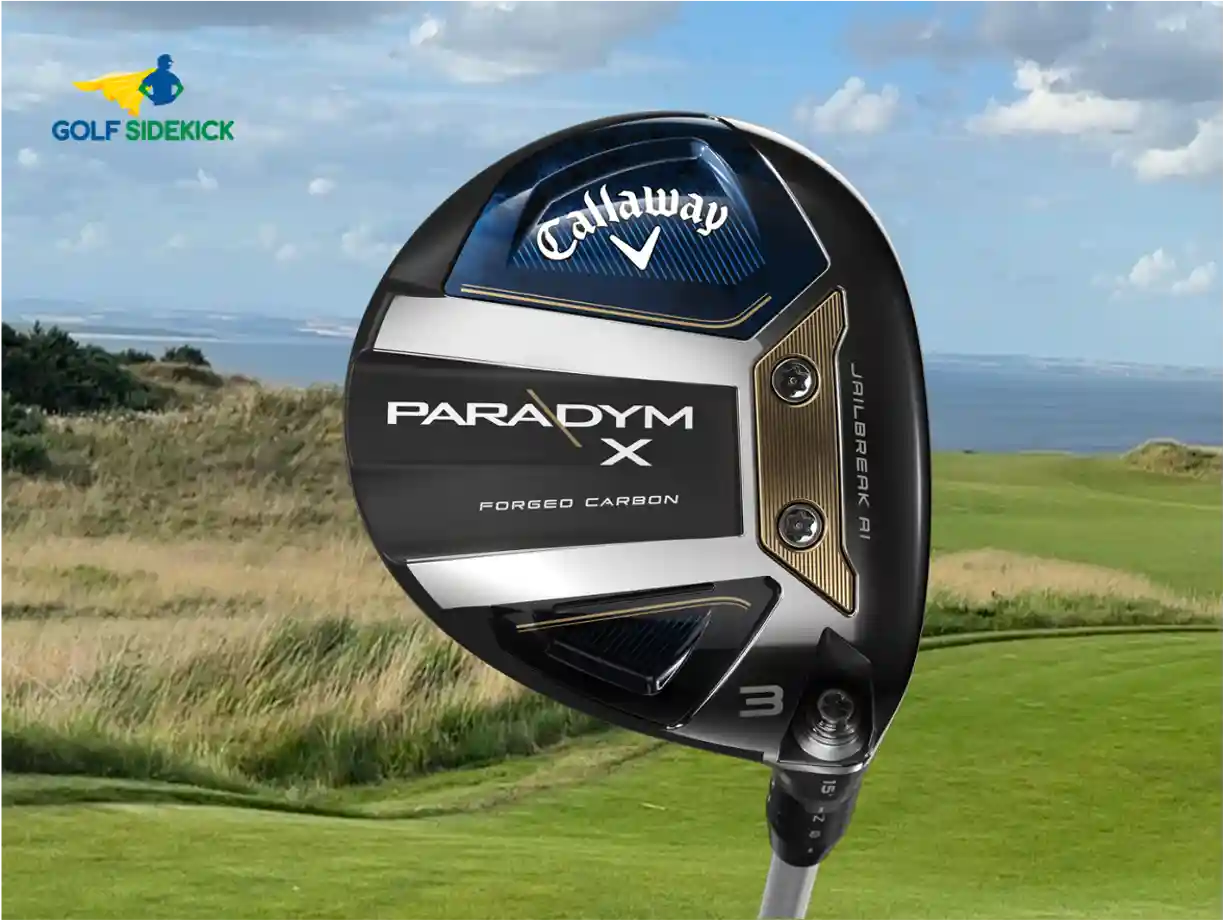
The Paradym X fairway woods have been upgraded from the prior model Mavrik and Rogue Max by adding adjustability to the driver. On top of that, the Paradym HL version (high launch) means you can get a forgiving 16.5 degree loft on this great 3 wood.
My experience with the Paradym X 3 wood HL version:
- The large design of the head makes the Paradym X look more like a high lofted driver behind the ball
- Placing the 3 wood behind the ball, the face is shallow so I felt confident of making good contact instead of topping the ball
- Easily the most forgiving Callaway fairway wood I have ever hit
- I noticed a right-to-left draw shot when I tested the club both on the Trackman and on the golf course
- I did not hit any fades with the club and that reliable draw shape and high trajectory makes it easy to know where the ball is going
The batwing technology makes the body stiffer to create more distance for the medium swing speed golfer. The HL version is slightly higher lofted so launching the ball is easier than a 15 degree 3 wood.
With the X model the forged carbon is only on the toe side to help make more draw shot shapes. More weight on the heel-side means that the tow is lighter so you can close the club face easier than other 3 woods.
Recommendation: The Paradym X HL is the most forgiving 3 wood if you hit low 3 wood shots and if you over-fade your 3 wood. This club will help to correct those two problems.
Pros
Cons
TaylorMade Stealth 2 HD
One of the most forgiving TaylorMade 3 woods in the last 5 years
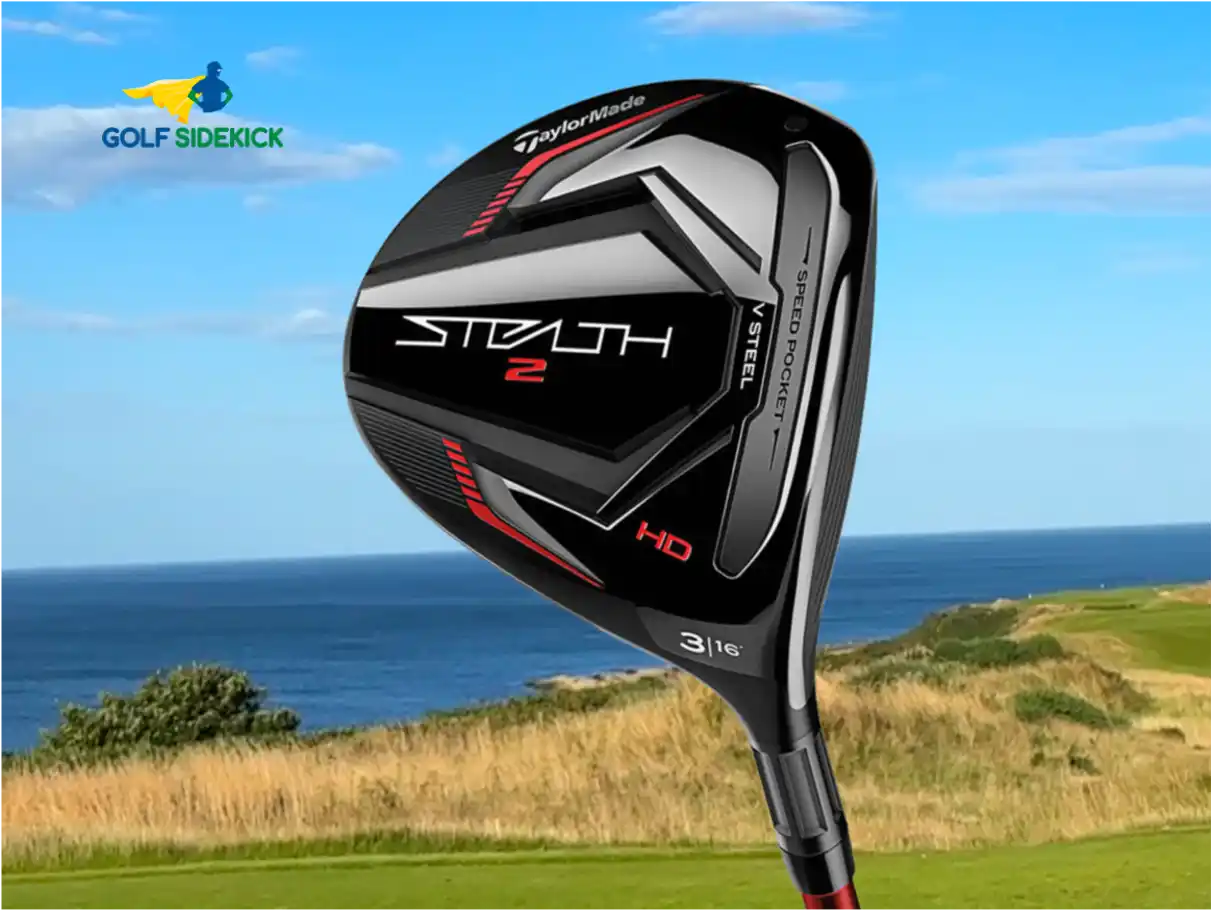
The TaylorMade Stealth 2 HD fairway wood is designed to be the most forgiving 3 wood in the TaylorMade range. It has a strong draw bias to help correct a left to right ball flight.
My experience with the TaylorMade Stealth 2 HD:
- The club head looks really long from front to back and also from toe to heel, making the face appear to have a huge hitting area
- TaylorMade have lowered the center of gravity a lot and while I don't fully understand the meaning of that, I could see that my thin shots went WAY longer than other fairway woods on the same strike
- The club loves to go left - my draw got bigger, so if you are a slicer, you'll reduce the shape, but if you draw the ball, check out the standard Stealth 2
If you are tired of seeing your 3 wood burning worms along the ground and want to hit higher, floating shots into the greens or off the tee, the Stealth 2 HD has been designed for you.
Recommendation: The standard 3 wood is set at 16 degrees, making this one of the easiest 3 woods to launch high and get near the green. If you hit a fade, this club may eliminate that shot shape or reduce a big fade because it has a tendency to pull the ball left.
Pros
Cons
Srixon ZX MkII fairway wood
Great for a go-to club off the tee
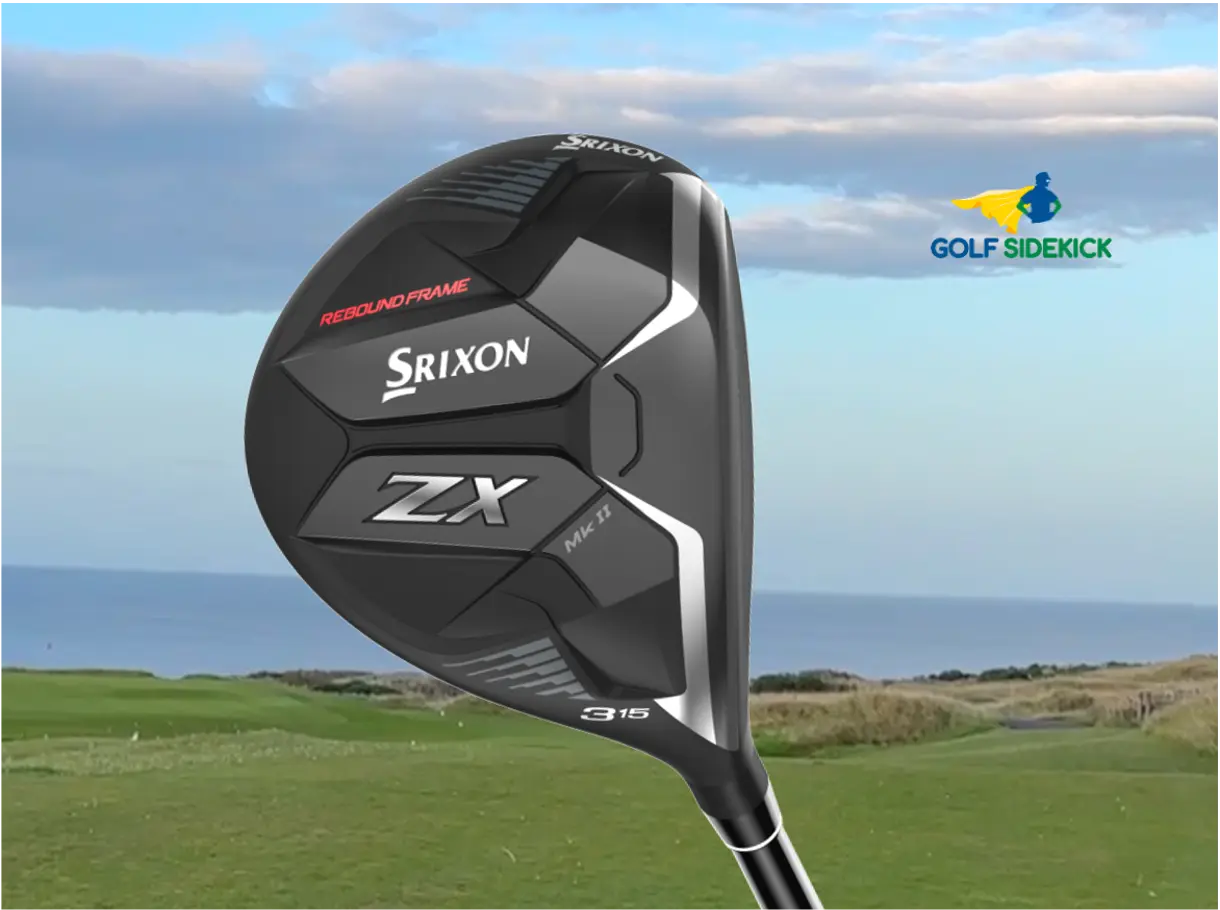
Srixon upgrade their ZX fairway woods with the ZX MkII and they've moved some weight to the front of the club to change the center of gravity for more forgiveness especially on thin shots from tough lies.
My experience with the ZX MkII:
- Matte black finish on the driver and the bigger size of the head makes me feel best when hitting from the tee
- I hit quite a few shots from the rough on course and the ZX MkII 3 wood performed the best out of all fairway woods
- When I hit from the rough, the fairway wood glided through the long grass without getting tangled
- On thin shots from the fairway, the ball had much less back spin - I could tel by the flight as the ball dropped out the sky and rolled out much further
- It was very easy to get the ball in the air despite the low 15 degrees of loft
Recommendation: I always prefer more than 16 degrees of loft so I would recommend the ZX MkII to you if you are confident from the fairway with any 3 wood. If you're looking for a powerful 3 wood from the tee, then I would recommend this Srixon ZX MkII to anyone as long as you have the right shaft in it.
I do not recommend the 13.5 degree version unless you have a very high swing speed and play off a low handicap.
Pros
Cons
Forgiving 3 Wood Buying Guide
The most forgiving 3 wood is not a 3 wood!
From my experience, I very strongly urge you to get a 3 wood with a loft of 16 or 17 degrees, which is essentially a 4 wood.
And I'm not just spinning you a line. I put my money where my mouth is and I gamed a 16-17 degree four wood for 10-15 years. Granted, some manufacturers make 15 degree heads that are easier to hit, like PING and Tour Edge. But in general, more loft is better for most golfers.
If your swing speed is slow all the way up to average...
This setup will benefit you a lot more than a 14 or 15 degree 3 wood. You'll see more carry and have way more fun hitting a higher lofted 3 wood than with the standard loft of 15 degrees. Often the higher loft will get you MORE distance than a lower lofted 3 wood.
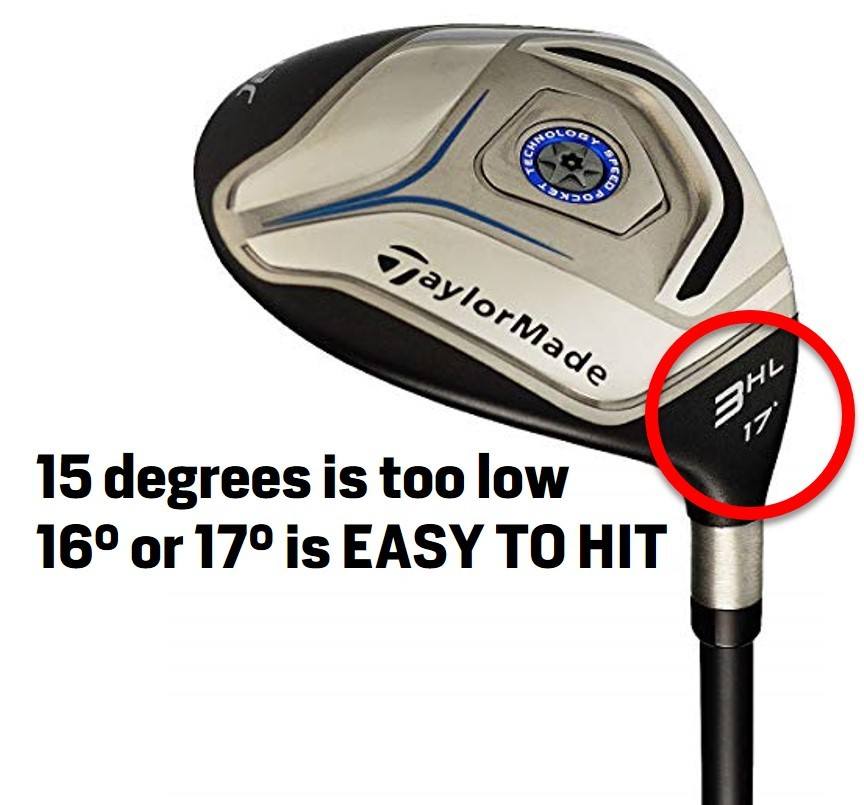
Why, you ask? Well, for average swing speeds, more loft means it's easier to get the ball off the naked turf in the fairway and into the air to carry longer distances. Higher lofted woods are the most forgiving fairway woods in a similar way a pitching wedge has a higher loft than a 4 iron and is easier to hit.
If you swing at a faster swing speed (100 mph+) though, feel free to try 15 degree 3 woods as you won't have much difficulty getting it in the air. The lower the loft, the higher the dispersion so keep that in mind if you're a wild and wooly fast swinger.
Why you need a 3 wood
A lot of press is given to the driver because it's the club everyone wants to hit like Bubba Watson or Dustin Johnson. Drivers take up most of the hype in the marketing campaigns but there is the little brother that should be a superstar too...the 3 wood.
For ordinary golfers like you and me, the 3 wood presents an alternative to a driver. Sometimes we struggle with the driver, slicing it OB or topping it and not even reaching the ladies' tee (embarrassing). But enter the 3 wood and we can use it in so many situations:
- For long par 3's you can't reach with your irons/hybrids
- For long approach shots just outside your hybrid range
- Excellent distance off the tee, often equal to a driver!
- Accurate shots due to increased loft which increases forgiveness
- Reaching par 5's in two shots
- Customization of modern 3 woods means you can adjust settings to suit your needs
What to Expect with 3 Wood Distance
This is a tough question. It all depends on your swing speed, your hitting ability and the loft of the club.
If you're a slower swinger you would benefit more from a higher lofted 3 wood (16°-17°) because you'll get more carry. This will translate into longer shots. The lower lofted 3 woods (14°-15°) will be MUCH more difficult to get traveling in the air and would actually perform too poorly for you. As a slower swinger, you could hit the 16 or 17 degree 3 wood around 180-200 yards.
If you're an average swinger of 80-90mph then you'd also gain more from a 16° or 17° 3 wood. You'll be able to get it to travel 190-215 yards easily. In fact, a higher lofted 3 wood might go FURTHER than a lower lofted.
If you're a faster swinger and want to use a stiff shaft (90-100 mph) then you could benefit from 15° to 17° 3 woods. You have the swing speed but it depends on your reliability. I still suggest selecting from the upper range of lofts. Even lower handicap players prefer a higher lofted 3 wood for ease of use. You could find yourself hitting the club anywhere from 200 to 240 yards.
When to use a 3 wood
- When you've lost confidence with the driver off the tee
- On a long par 3
- Only when you can reach the green in two on a par 5. ONLY when you can actually reach 100%
- Off the tee on shorter par 4's or par 4's with tight fairways
- Getting the ball out of a fluffy like that would tangle around your irons - the head of the 3 wood glides through the grass thanks to its round edges
- When you're playing into the wind
- When you have room to roll the ball up to the green
When NOT to use a 3 wood
- When you want to get close to a green in two shots on a par 5. Hit it only when you know you can reach. Leaving a half shot into a green is never ideal.
- When you're "a long way out" just to advance the ball up there somewhere. This is a big reason golfers have blow-out holes because the 3 wood is not the most forgiving club. If you're 260 yards from a green on a par 4, get it to your favorite distance so you have an easy 3rd shot in. That might mean hitting a 6 iron and then a wedge for those 260 yards.
- When there's water around the green and you're at the edge of your 3 wood range
What's the difference between a 3 wood vs a 3 hybrid?
A 3 wood is the equivalent of a 1 iron. A one iron is impossible for 99% of golfers to hit whereas a 3 wood is actually quite easy.
A 3 hybrid is there to replace a 3 iron. 3 irons are infamous for being difficult to hit for most golfers. The creation of hybrid clubs means that a lot of golf iron sets now start at 5 iron because you're expected to buy a 3 and 4 hybrid separately. A bit cheeky from the manufacturers, but it's clear no one misses their long irons after hitting a hybrid.
3 Wood
- Better from the fairway and tee
- Potentially longer carry
- Lower ball flight
- Rolls much longer
- More forgiving than a driver and long irons
- Difficult from fairway bunkers
- Needs a sweeping swing like a driver
3 Hybrid
- Better from the rough
- Potentially shorter carry
- Higher ball flight
- Lands softer
- More forgiving than a wood and long iron
- Easier from fairway bunkers
- Best results from a steep swing hitting down on it like an iron
Modern 3 wood design & materials
The heads of the 3 woods are made from steel, titanium and composites. Technology has advanced so much that some 3 woods can be as long as drivers.
3 woods now all come with a graphite shaft. The shaft length makes a big difference - a longer shaft means more distance while a shorter shaft means more accuracy. Talk to your local club fitter about shortening your shaft length to make the club even more forgiving for you.
Conclusion for forgiving 3 woods
A high lofted fairway wood will serve all golfers better than lower lofted woods. The premise is simple. More loft = more forgiveness. As I mentioned in the beginning of this guide, my 17 degree wood is my go-to club and when I have no confidence with the driver, I reach for it in a heartbeat.
What will most surprise you is the extra distance you'll get when increasing the loft especially if your swing is a bit slower. Any of the clubs on this list will serve you well and get you in the right areas of the course more often.
